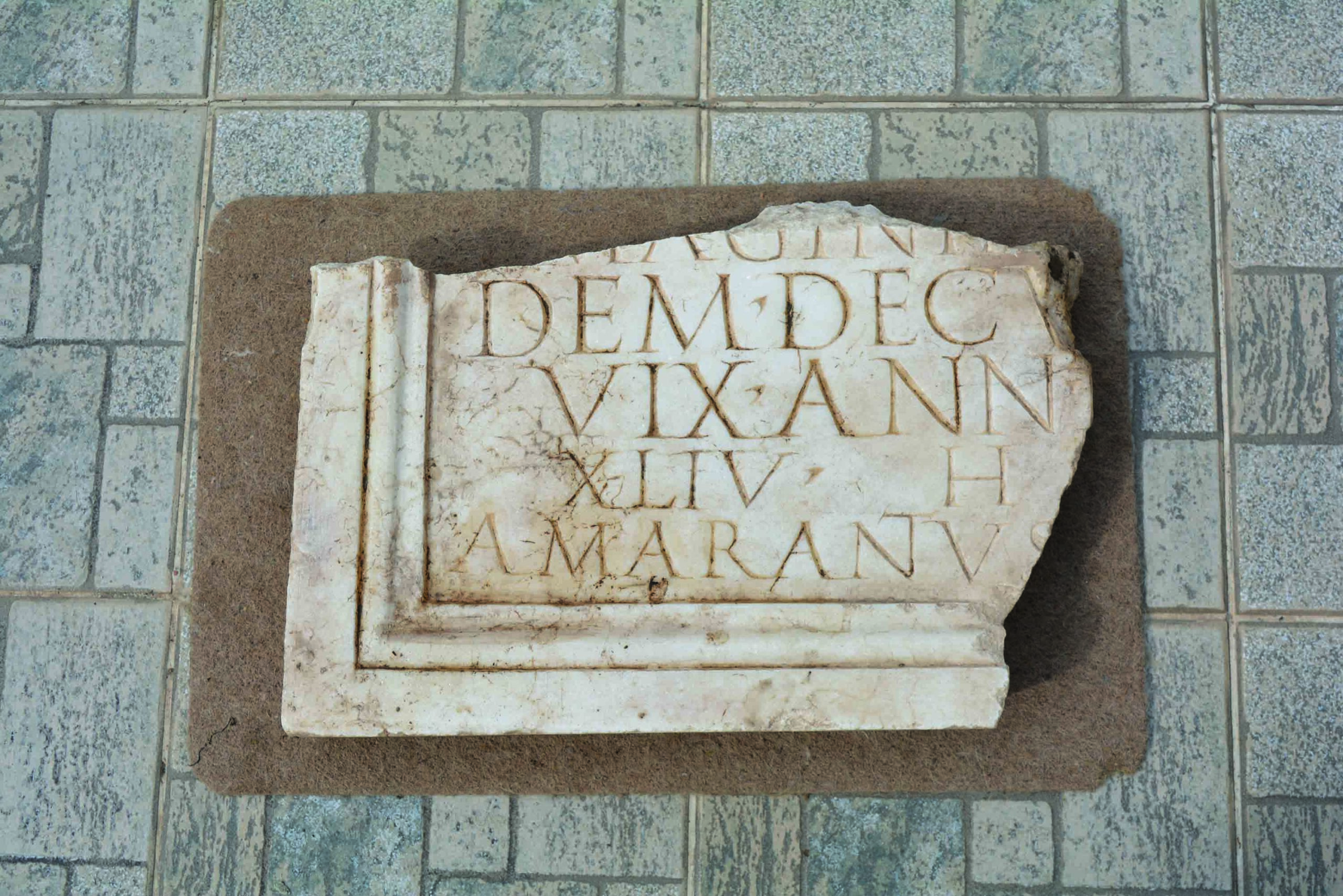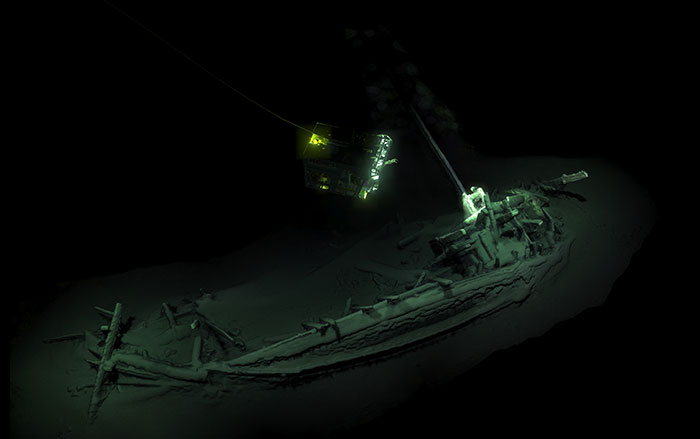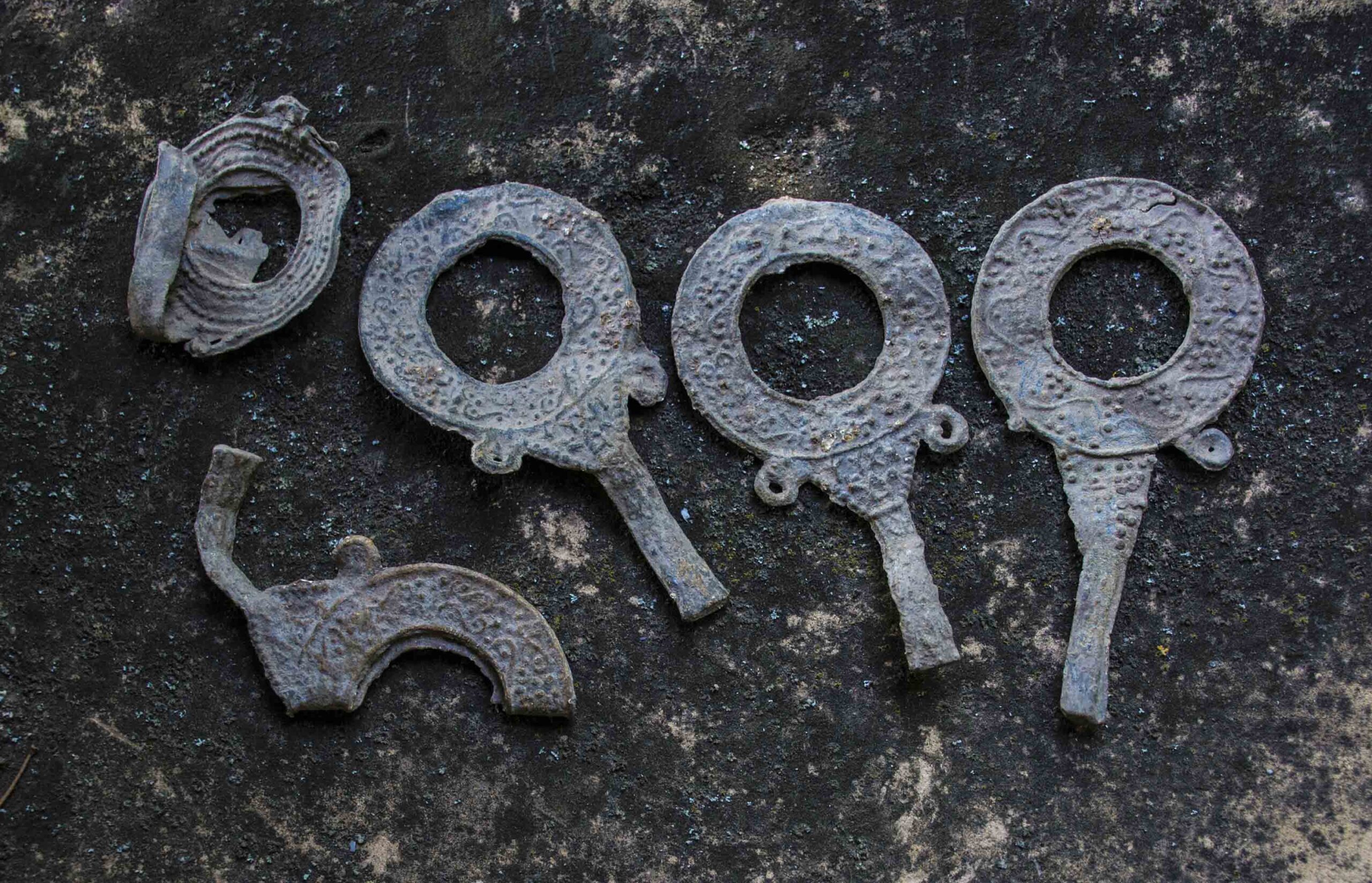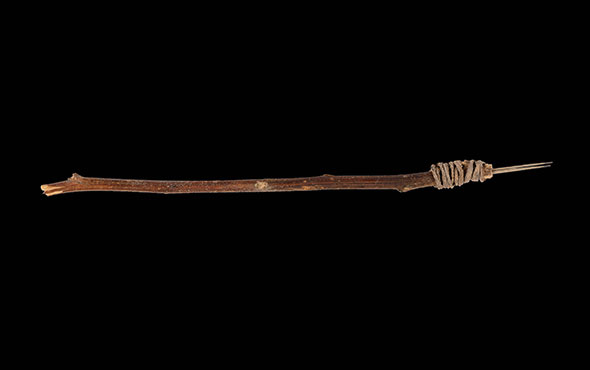
SVISHTOV, BULGARIA—Archaeology in Bulgaria reports that an excavation conducted by Nikolay Ovcharov of Bulgaria’s National Institute and Museum of Archaeology unearthed a collection of small cannonballs at the well-preserved site of Zishtova Fortress, on the Danube River in northern Bulgaria. The cannonballs are thought to have been ammunition for a medieval form of cannon known as a culverin. They may have been fired in 1461, when the Ottoman-held fortress was conquered by Vlad the Impaler, who ruled Wallachia, a region between the Danube and the Carpathian Mountains. “We rejoice at those small cannonballs because they are from culverins,” Ovcharov said. Since the weapons were only used from the fifteenth to the sixteenth centuries, he added, this means the cannonballs likely date to Vlad the Impaler's time. Zishtova Fortress was in use until 1810, when it was burned by Russian troops during one of the Russian-Turkish Wars. To read about another discovery in Bulgaria, go to “Thracian Treasure Chest.”










